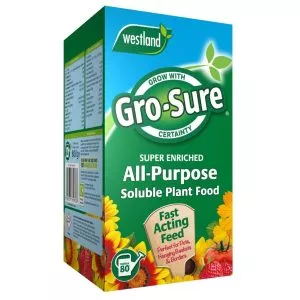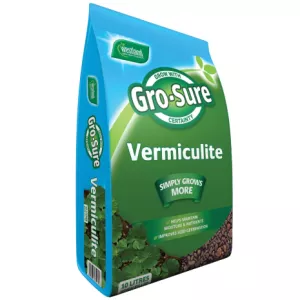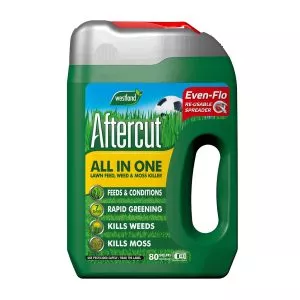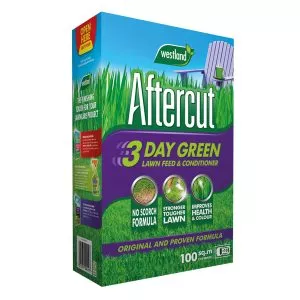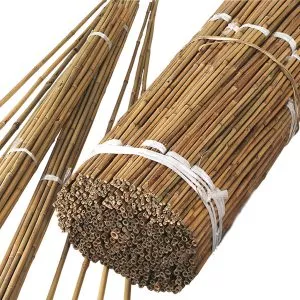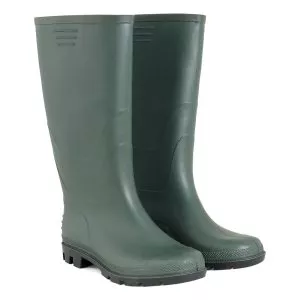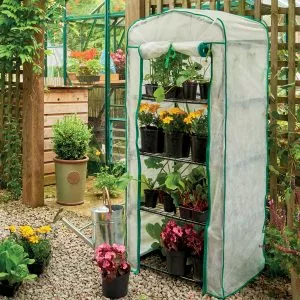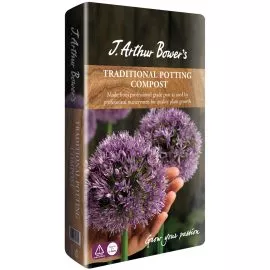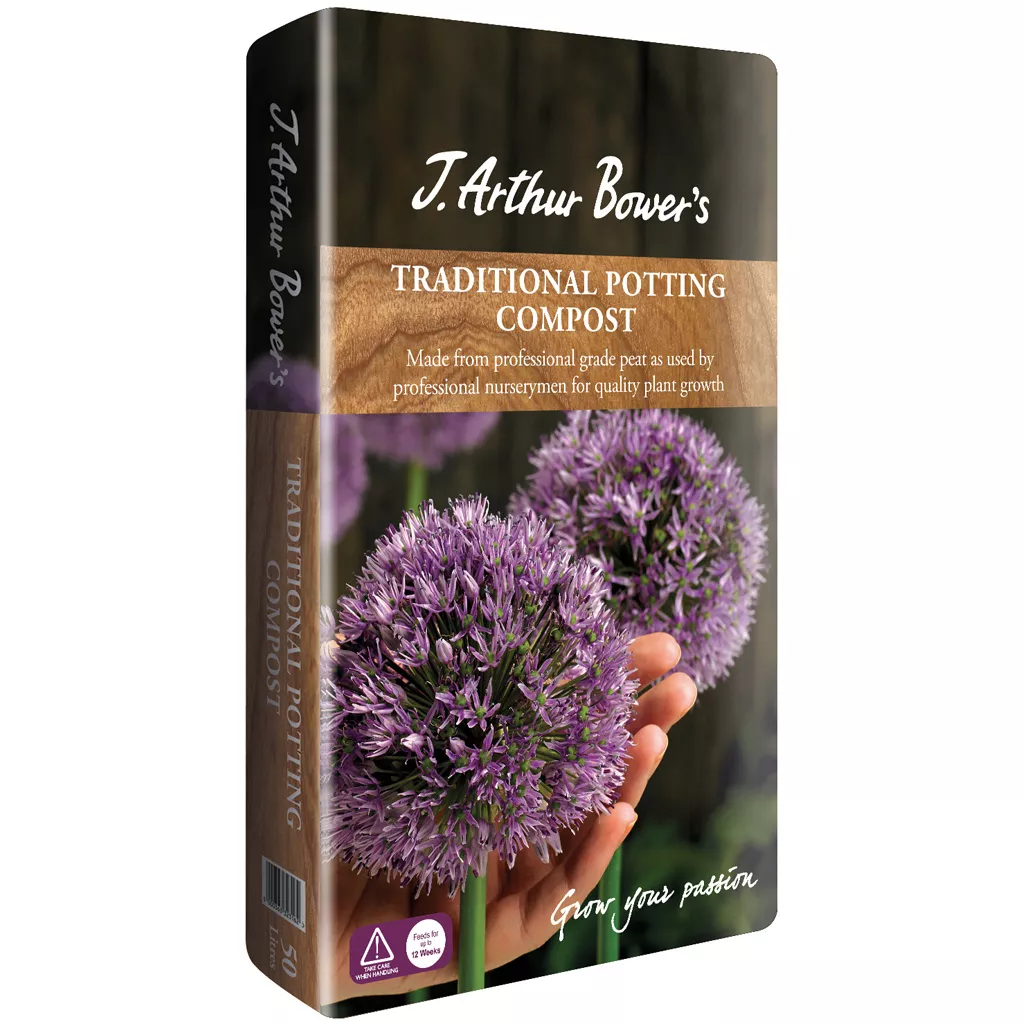
PRODUCT DISCONTINUED: PAGE FOR INFORMATIONAL PURPOSES ONLY.
- A professional grade compost
- Ideal for growing on young plants and indoor and outdoor containers
- Feeds for up to 12 weeks
- Size 50L
- Product Details
- How to Use
- Tips & Advice
J Arthur Bower’s Traditional Potting Compost is made only from professional grade peat to a recipe in use by many professional nurserymen. The compost contains all the essential plant nutrients and trace elements, plus a wetting agent to ensure compost takes up water easily. The darker grade of peat also provides enhanced nutrient content and moisture retention.
It is ideal for potting on plug plants and houseplants, and for filling hanging baskets, troughs and patio planters for all-year-round displays and is suitable for growing flowers, shrubs, fruit and vegetables.
How to Use
Sowing Seeds
Always use clean pots and containers with drainage holes. Check whether the seeds have any special temperature or light requirements then fill the seed tray with compost. Water thoroughly using a fine rose and allow to drain. Sow seeds sparingly.
Cover seeds where directed with more compost or Gro- Sure Vermiculite and water again sparingly. Cover the tray with glass/polythene or place in a propagator. Keep at the correct temperature for germination and keep the compost moist. Once seeds have germinated remove any covering. Place the tray in good light but avoid direct sunlight. When seedlings are large enough to handle, prick them out. Handle them by their leaves, not by their stems.
Taking Cuttings
J. Arthur Bower’s Traditional Potting Compost can be used for most types of stem cuttings. You may prefer to mix it with Sharp Sand to promote faster rooting. Stem cuttings can be taken between May and October – check the best method for your chosen plant. Water the mother plant the day before taking cuttings. Trim all cuttings neatly with a sharp knife. Make sure the compost is kept moist, particularly when using a propagator. Pot on the cuttings when they have produced a healthy root system.
Potting
Seedlings – Fill the pot or tray with compost and prick out the seedlings into holes. Gently firm the compost, add a little more if necessary and water well with a fine rose.
Cuttings – Rooted cuttings should be potted on into individual pots or containers. Treat small cuttings as seedlings. Take care with fragile roots.For larger cuttings half fill a pot, place the plant in position and fill around the roots with compost. Gently firm the compost and water well.
Plug Plants – When potting on plugs, use the method described for seedlings.
Re-Potting
Re-potting is best done during the growing season. Water the plant and allow it to drain. Remove by turning the pot upside down whilst supporting the plant in one hand. Tap the pot sharply to release the plant. Do not disturb the root ball. Put a layer of compost in the new pot and sit the plant on it. Fill the rest of the pot with compost, firming tightly around the root ball. Finally, water well using a fine rose.
For any questions or advice, please contact our technical advice line on 01480 443789 (Mon-Fri 10am-4pm) or email customerservice@westlandhorticulture.com

